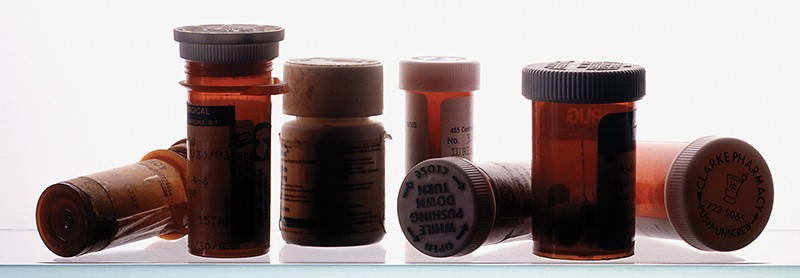The government needs to address the opioid crisis—and that takes money
It's not enough to restrict the supply of pills. We need long-term treatment for people who are addicted, and we need to pay for it.

When a Vermont college student named Charlie (he does not want his full name used) hurt his knee playing hockey, his doctor prescribed opioid painkillers. Charlie’s story then followed a path typical for thousands of people: opioid use led to addiction, which led to the criminal use of heroin, which led to jail, which led to homelessness.
Charlie is one of the fortunate ones, however: he got treatment. Every day 91 opioid addicts in the United States die of an overdose. The opioid crisis killed more Americans in 2016 than were killed in the entire Vietnam War. Some 64,000 drug overdose deaths occurred that year, most of them opioid-related. The addiction problem has doubled in scope since 2010. Yet the country’s leaders remain slow to respond.
The roots of the crisis are complex, but most experts agree that it started in doctors’ offices, where millions of patients like Charlie were prescribed opioid painkillers for short-term pain relief. Convinced by pharmaceutical companies that addiction to opiates was rare, doctors have dispensed these drugs freely. The amount of painkillers prescribed in 2016 was enough to provide them for every adult in the country.





